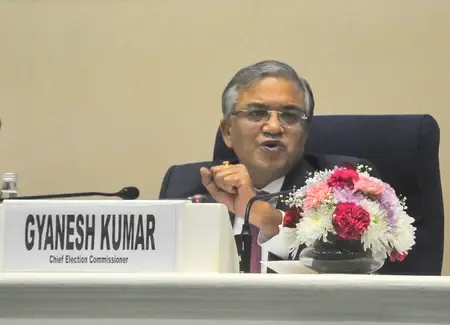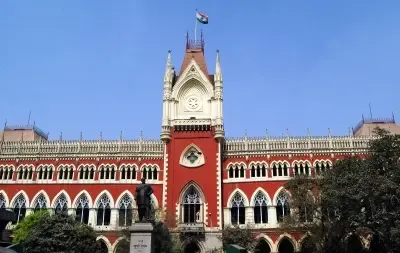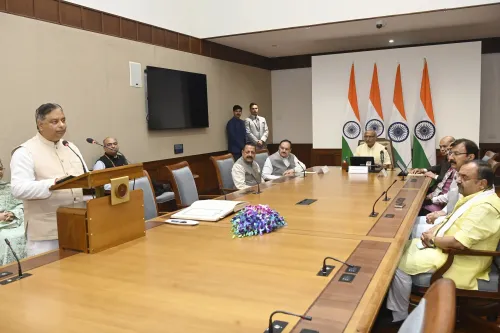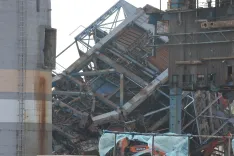What led to the tragic train collision in Bilaspur?
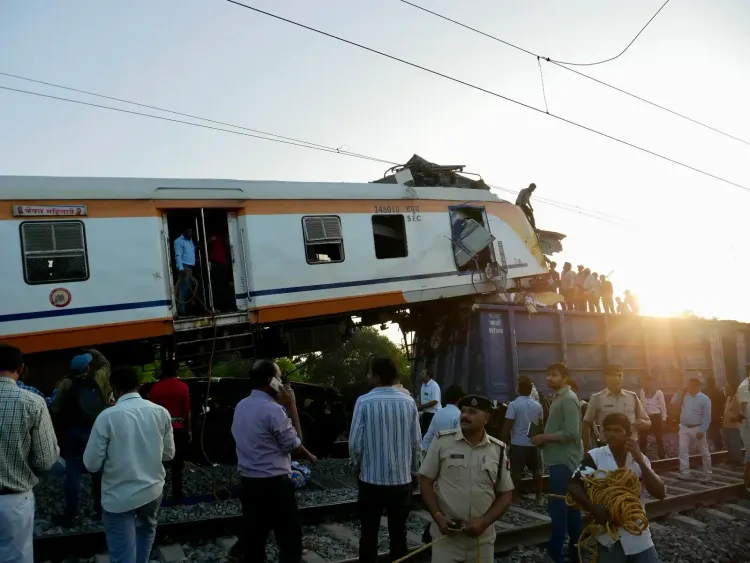
Synopsis
Key Takeaways
- 11 fatalities and 20 injuries reported from the collision.
- FIR filed against an unidentified person.
- Investigations focus on potential negligence and safety lapses.
- Authorities committed to reviewing railway safety protocols.
- Families of victims await answers and accountability.
Bilaspur/Raipur, Nov 6 (NationPress) Following the unfortunate train accident in the Bilaspur district of Chhattisgarh, law enforcement has officially lodged an FIR (first information report) against an unidentified person. This marks the initiation of a formal criminal investigation into the incident that resulted in 11 fatalities and 20 injuries.
The FIR was filed at the Torwa police station upon receiving a memo from a railway official, as confirmed by Additional Superintendent of Police Rajendra Jaiswal.
The accident took place on November 4 near Gatora station, where a MEMU passenger train collided head-on with a stationary freight train. The collision was catastrophic, claiming the lives of 11 passengers instantly, including the locomotive pilot of the MEMU train.
Rescue efforts were promptly initiated, and the injured were transported to local hospitals. According to Bilaspur Collector Sanjay Agarwal, two of the injured individuals are in critical condition.
The FIR has been filed under Section 106(1) of the Indian Penal Code for causing death by negligence, Section 125(A) for acts endangering life or personal safety, along with relevant provisions of the Railway Act.
The police investigation will proceed concurrently with the inquiry initiated by railway authorities. A five-member team, led by the Commissioner of Railway Safety for the South Eastern Circle, has commenced a probe into the incident.
This team is expected to interrogate 19 individuals, including railway personnel and witnesses, on November 6 and 7 to piece together the events leading up to the collision and identify any lapses in procedure or communication.
Concerns have been raised within the railway department about the MEMU train's locomotive pilot, who had reportedly been promoted to command a local train just a month prior to the accident.
Investigators are analyzing whether inexperience or procedural flaws played a role in the crash.
This tragedy has renewed scrutiny regarding railway safety measures and operational oversight, particularly in high-traffic areas like Bilaspur.
As investigations by both police and railway officials continue to unfold, the families of the victims are eagerly awaiting answers and accountability. Authorities have committed to thoroughly reviewing all aspects of the incident—including human error, signaling systems, and communication protocols—to prevent similar occurrences in the future.
The dual investigations aim to not only establish accountability but also to enhance safety protocols across the railway network.


